The Stout Scarab II, introduced in 1936, wasn’t just a vehicle—it was a bold leap into the future of automotive engineering. With its innovative design, cutting-edge features, and radical vision, the Scarab challenged the conventions of its time and paved the way for modern minivans. Let’s explore the fascinating history and legacy of this groundbreaking automobile.
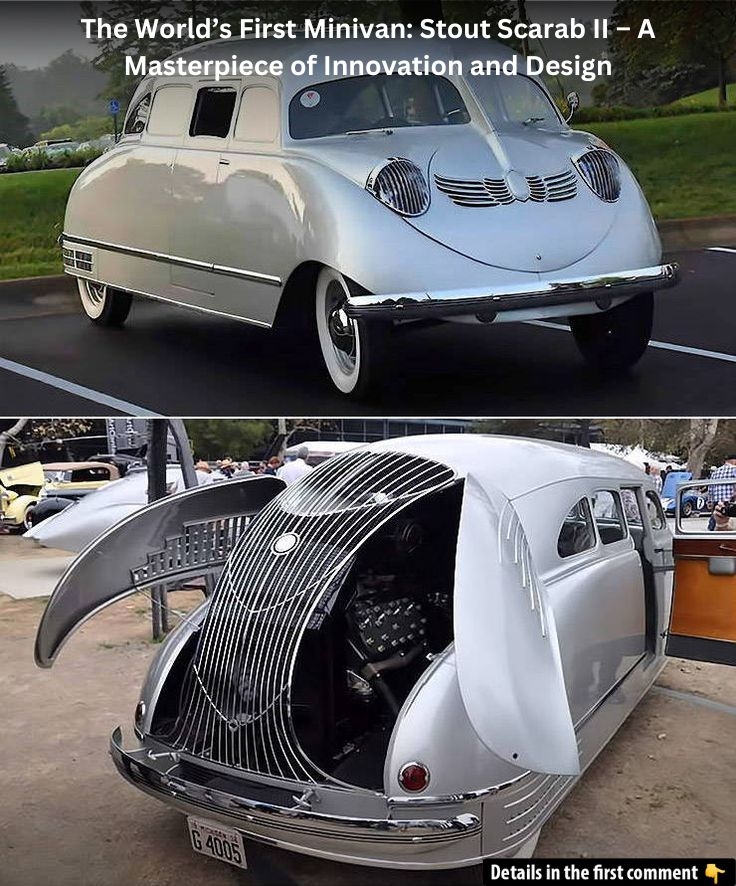
Origins and Creative Vision
The Stout Scarab II was the brainchild of William B. Stout, a brilliant engineer whose career spanned both aviation and automotive design. Before venturing into cars, Stout revolutionized aviation by advocating for all-metal aircraft, steering the industry away from traditional wooden structures.
Frustrated by the lack of creativity in aviation, Stout turned his attention to the automotive world. He envisioned a vehicle that could redefine personal transportation by focusing on functionality, comfort, and advanced engineering. This vision led to the creation of the Stout Scarab II, a car that was decades ahead of its time.
A Design Inspired by Nature
The Scarab’s design was inspired by the scarab beetle, an ancient Egyptian symbol of rebirth and innovation. This influence was evident in the car’s sleek, rounded body that prioritized aerodynamics over the boxy, utilitarian shapes common in the 1930s. The vehicle featured:
- A streamlined aluminum body: Borrowing techniques from aircraft construction, the Scarab had a riveted aluminum skin on a lightweight space frame.
- Hidden door hinges and flush glass: These features enhanced its futuristic aesthetic and aerodynamic efficiency.
- Smooth fenders and rear-wheel skirts: The car’s curves reduced wind resistance, improving both performance and fuel efficiency.
The Scarab’s unconventional appearance turned heads and set it apart from every other car on the road.
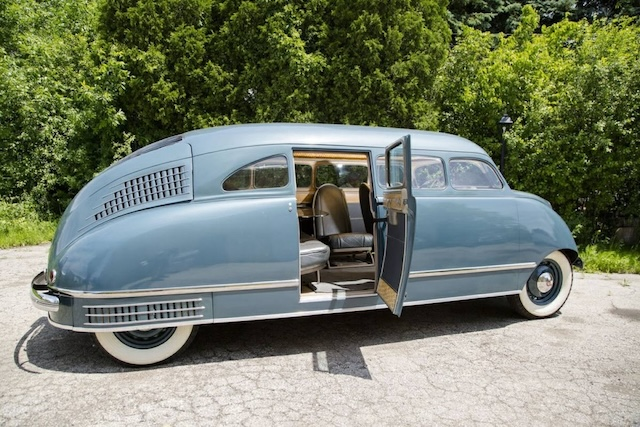
Revolutionary Interior Features
The interior of the Stout Scarab was where its genius truly shone. Stout’s design prioritized comfort, space, and interaction, creating a cabin experience unlike anything else at the time. Key features included:
- Rotatable Seats: Aside from the driver’s seat, all seats could swivel 180 degrees, allowing passengers to face each other—a precursor to modern minivan layouts.
- Central Entry Door: Instead of traditional side doors, a single push-button door in the center of the vehicle provided easy access.
- Luxurious Finishes: The ceiling was adorned with lacewood, and the seats were upholstered in plush materials, exuding elegance.
- Innovative Amenities: The Scarab boasted features that were unheard of in the 1930s, including an air purification system, thermostat-controlled heating, interior lighting, and power door locks.
The Stout Scarab wasn’t just a car—it was a mobile lounge designed for comfort and convenience.
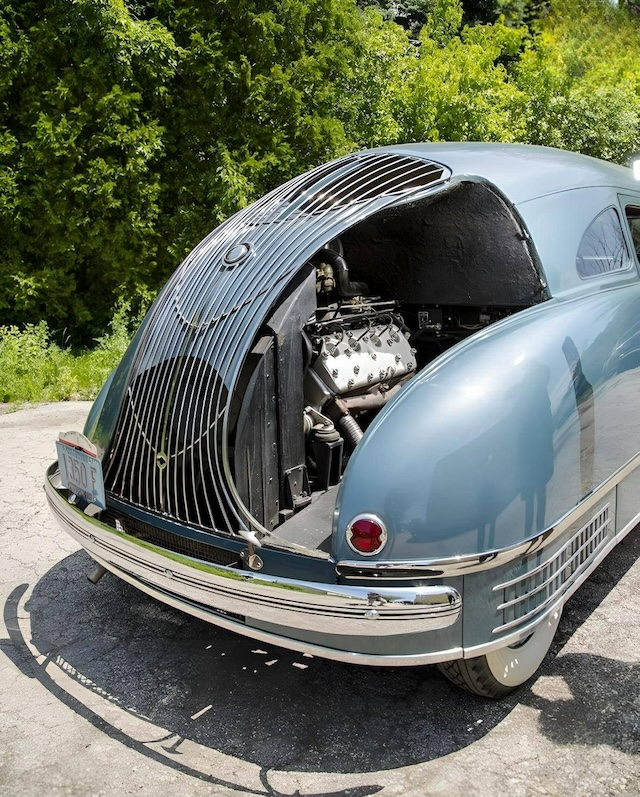
Engineering Marvels
The Stout Scarab’s performance matched its visionary design. It was powered by a Ford flathead V8 engine delivering 85 horsepower, paired with a three-speed manual transmission. This setup allowed the car to accelerate from 0 to 60 mph in 15 seconds and reach a top speed of 80 mph—impressive figures for its era.
Other engineering highlights included:
- Rear-Mounted Engine: This innovative layout freed up cabin space, making the Scarab incredibly roomy.
- Independent All-Wheel Suspension: The suspension system provided a smooth, stable ride, even on uneven surfaces.
- Hydraulic Drum Brakes: Cast-iron brakes ensured reliable stopping power, enhancing safety.
Though the Scarab wasn’t built for speed, its comfort, practicality, and advanced technology made it a standout vehicle.
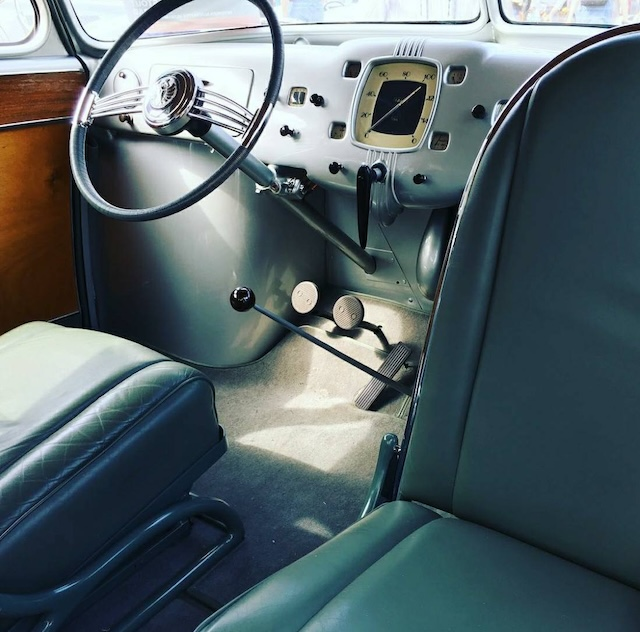
The Visionary Predictions of William Stout
In a bold 1935 advertisement titled “A Challenge and a Prophecy,” Stout predicted the Scarab would revolutionize the automotive industry. He described it as a challenge to traditional designs, contrasting its functionality and innovation with the conservatism of mass-produced vehicles.
Stout’s prophecy extended beyond the car itself. He envisioned a future where automobiles prioritized personalization, comfort, and forward-thinking design—values that resonate with today’s automotive standards.
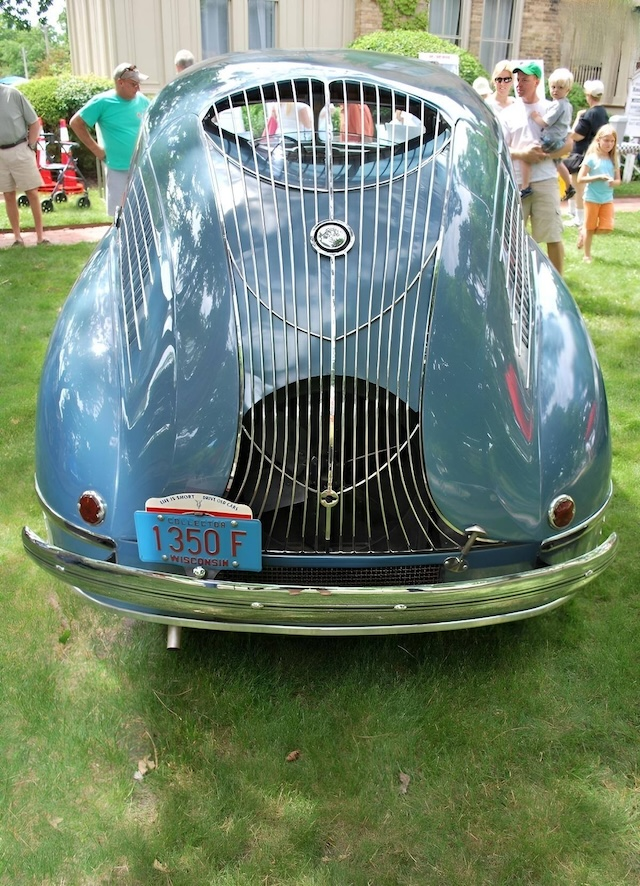
Challenges and Commercial Impact
Despite its brilliance, the Stout Scarab II wasn’t a commercial success. Only nine units were ever produced, each custom-built and priced significantly higher than the average car of its time. The lack of affordability, combined with its unconventional appearance, limited its appeal to the general public.
However, the Scarab’s influence cannot be overstated. It inspired future automotive designs, particularly in the development of minivans, station wagons, and other vehicles that prioritize space and functionality.
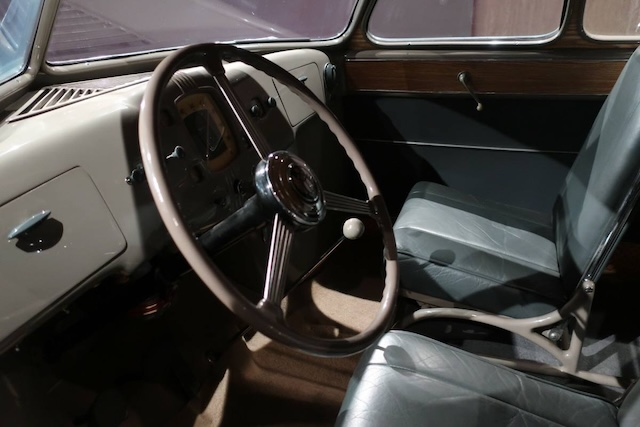
Legacy of the Stout Scarab II
The Stout Scarab II remains a symbol of bold innovation and creative thinking. While it didn’t achieve mainstream success, it pushed the boundaries of what was possible in automotive design. Its revolutionary features—rotatable seats, centralized entry doors, and aerodynamic construction—paved the way for countless advancements in the industry.
Today, the Scarab is celebrated as a collector’s item and a testament to the power of vision and ingenuity. It stands as a reminder that true innovation often requires taking risks and defying convention.
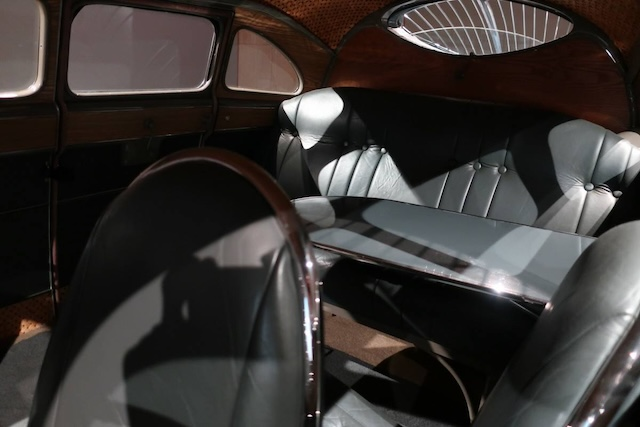
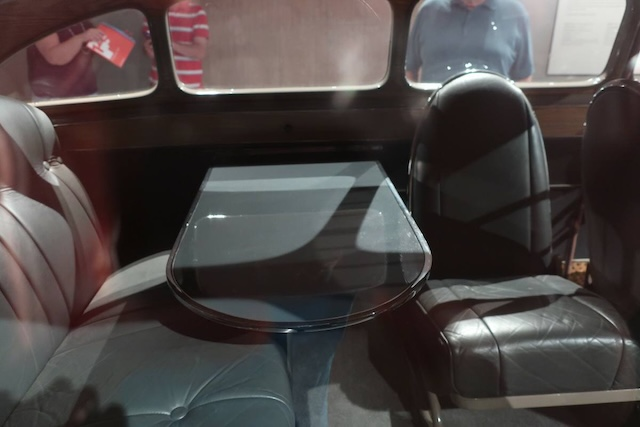
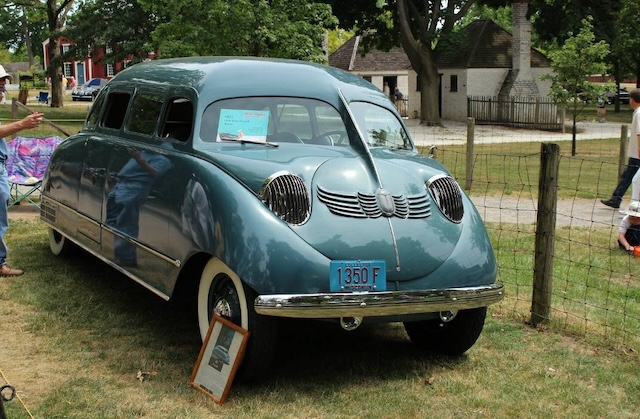
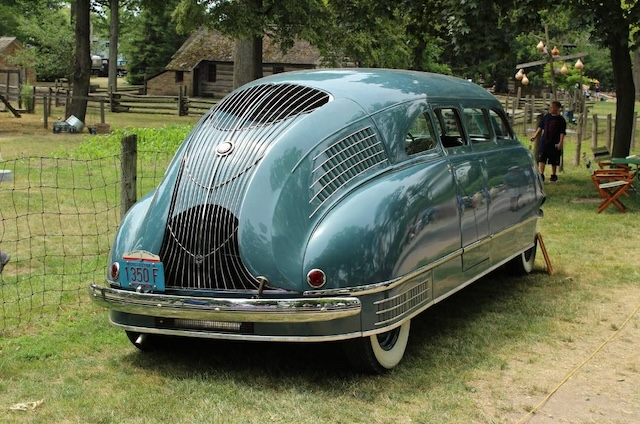
Conclusion
The Stout Scarab II wasn’t just a car—it was a masterpiece of innovation that dared to dream beyond the limitations of its time. With its striking design, groundbreaking features, and forward-thinking vision, it redefined the possibilities of automotive engineering. Though its commercial journey was short-lived, its legacy continues to inspire engineers, designers, and dreamers to challenge the norm and create the extraordinary. The Scarab’s story is a timeless example of how vision and creativity can shape the future.